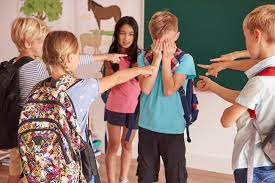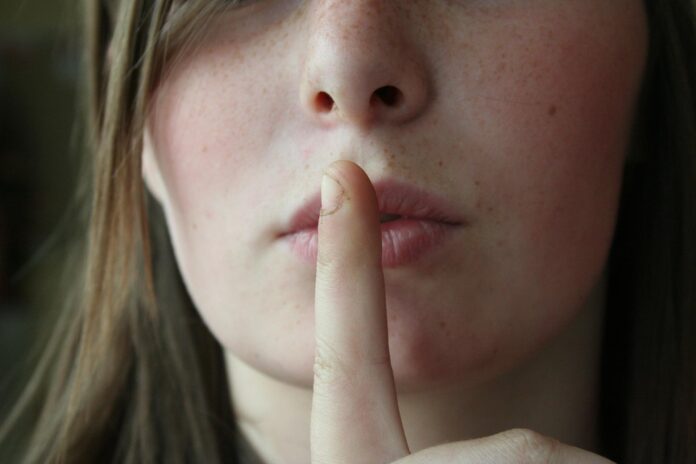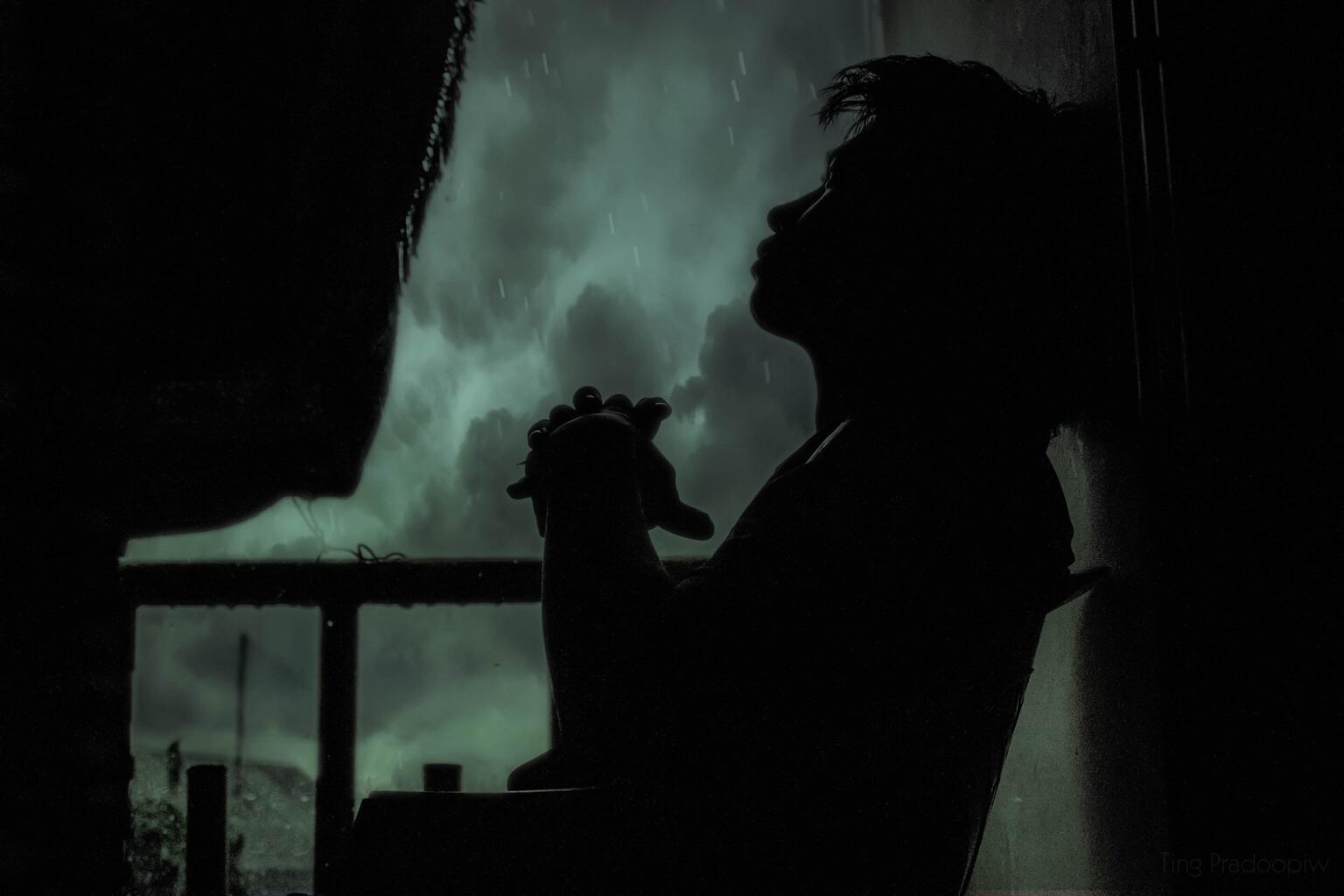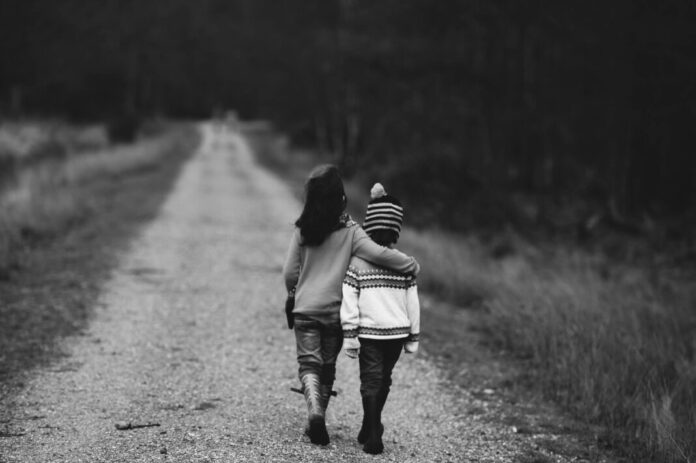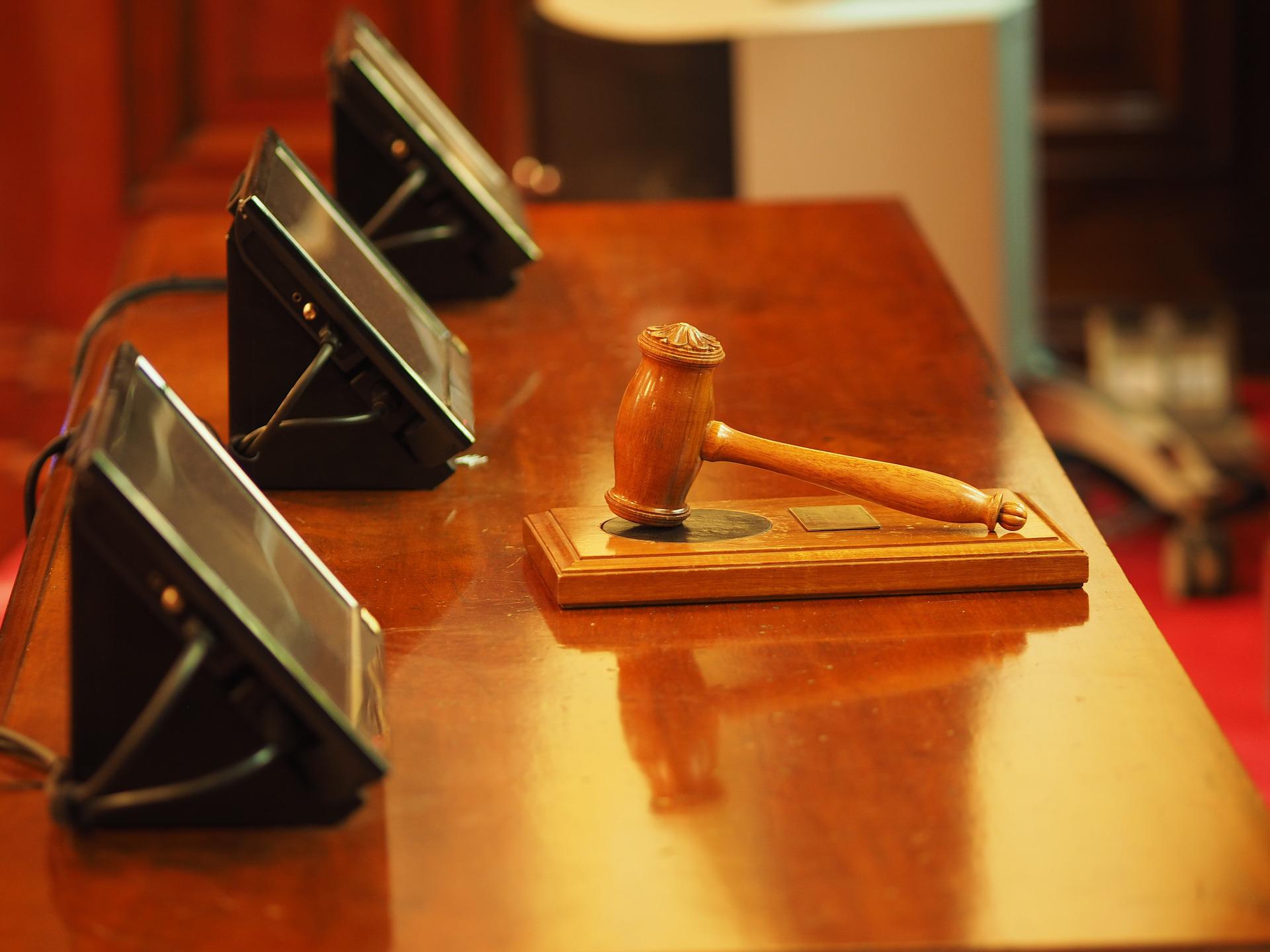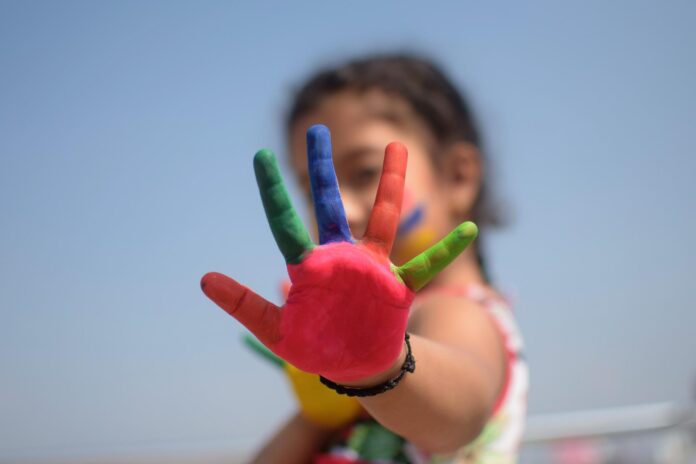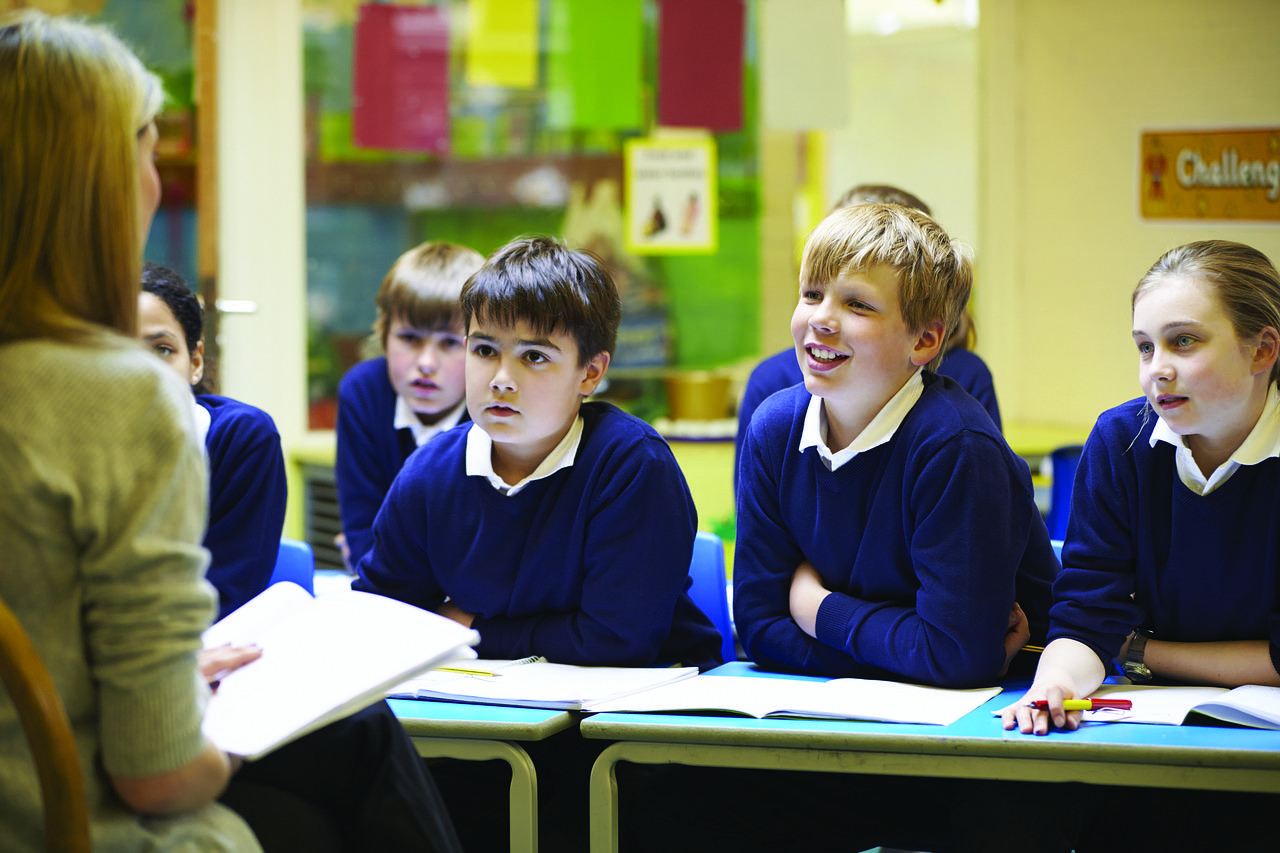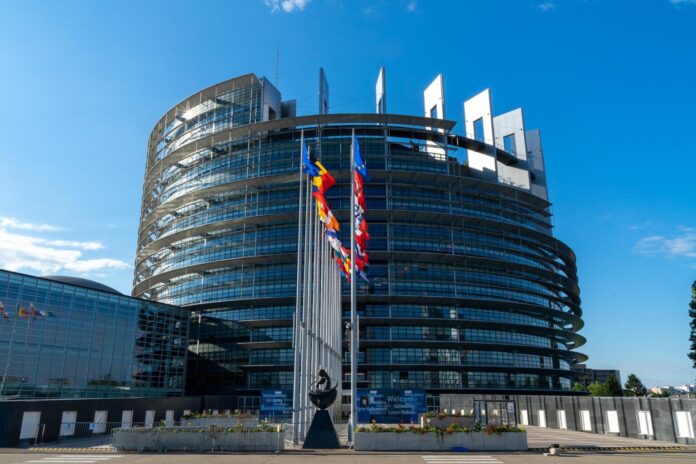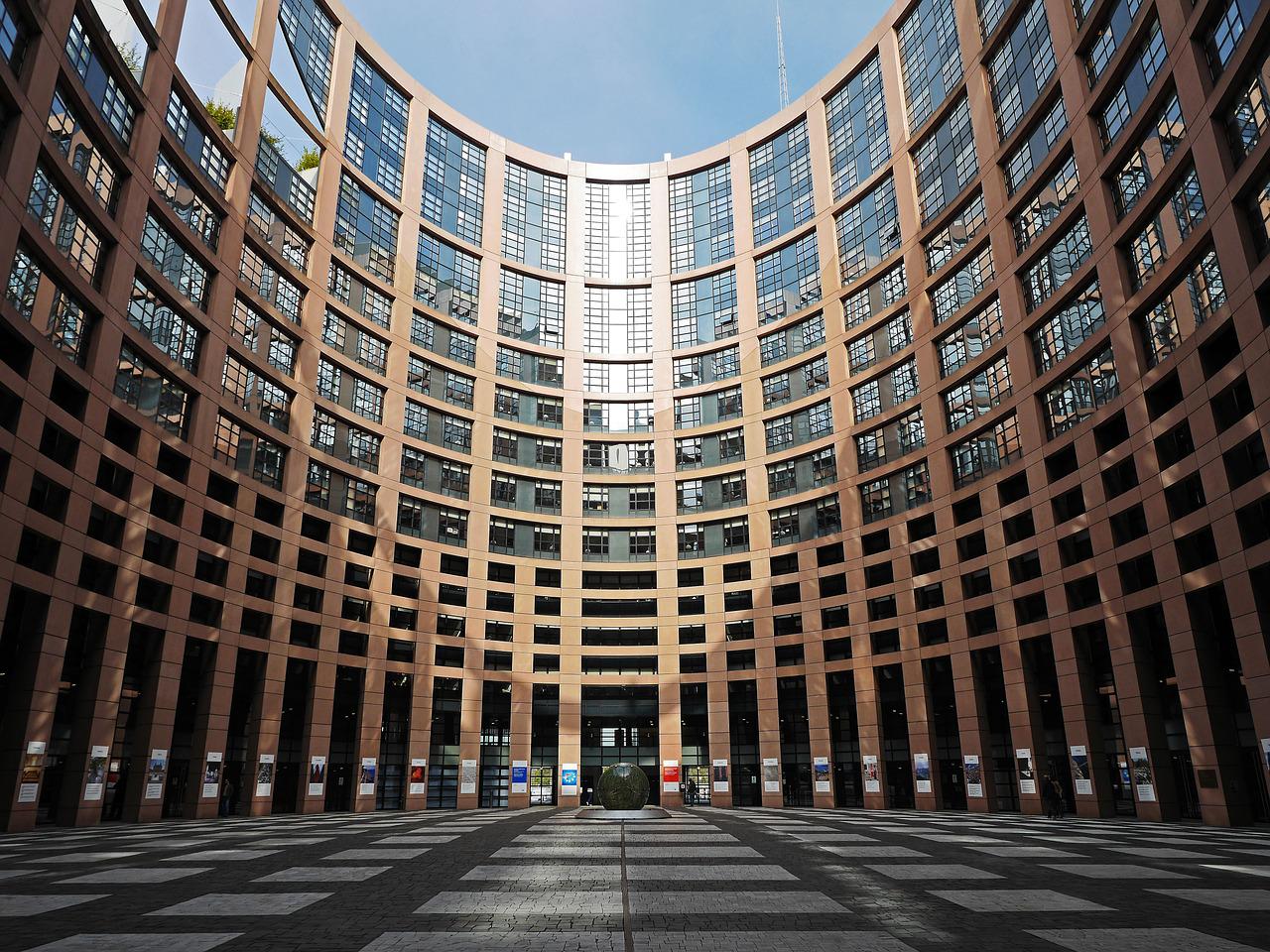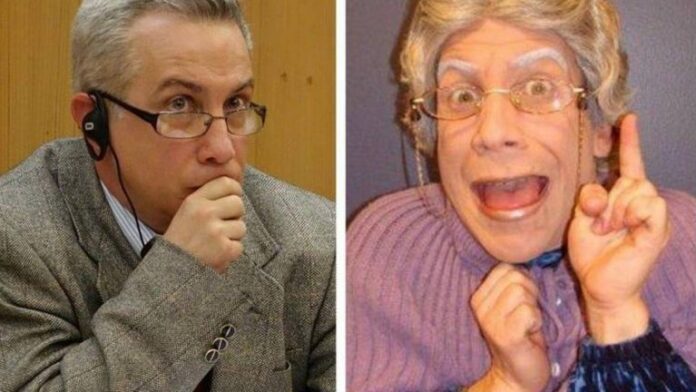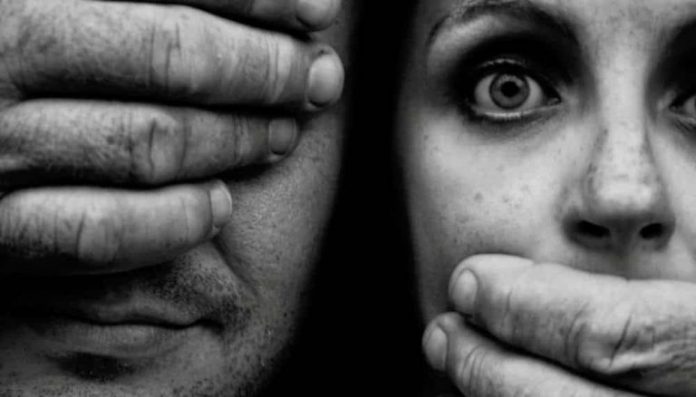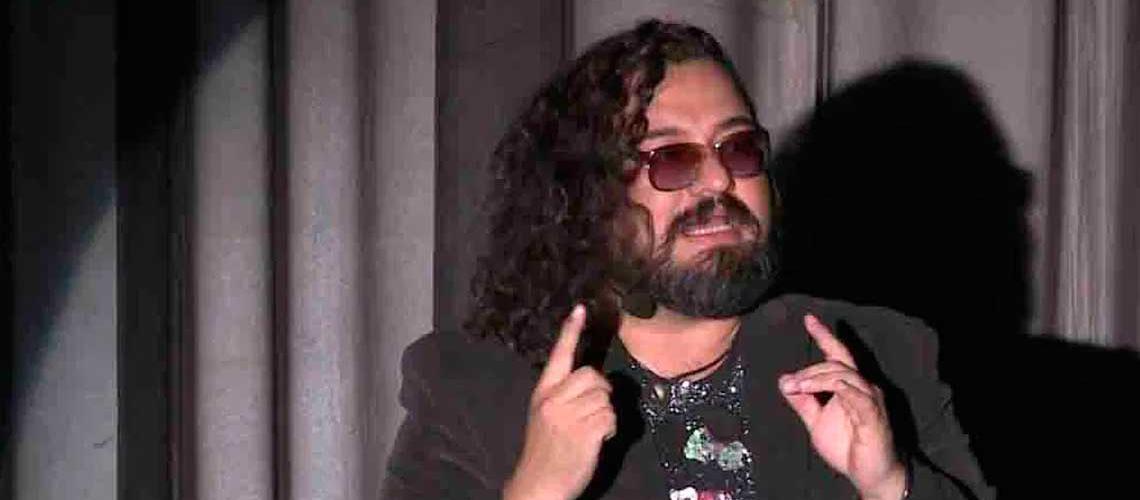Bullying is a serious problem that affects students of all ages around the world. The negative impact of bullying on the mental, emotional and academic health of young people is significant. To effectively address this problem, it is crucial to understand the different types and manifestations of bullying that exist. In this article, we will explore the main types of bullying and provide strategies to combat it by promoting safe and respectful educational environments.

Source: http://reporteroescolar.unir.net/2014/periodistas-siglo-xxi/acoso-escolar/
Verbal and emotional harassment
Verbal and emotional harassment is a common form of bullying that involves insults, taunts, defamation and constant humiliation towards the victim. This type of bullying can occur both in person and through digital media, causing significant psychological and emotional harm. It is essential to promote empathy and respectful communication among students to prevent and address this type of bullying.

Source: https://www.guiainfantil.com/blog/449/el-maltrato-verbal-violencia-hacia-los-ninos.html
Physical Harassment
Physical bullying involves direct physical aggression, such as hitting, pushing, shoving, kicking or any form of physical violence towards the victim. This type of bullying can leave lasting physical and emotional scars on affected students. It is essential that educators and parents foster a culture of respect and teach young people to resolve conflicts peacefully.

Source: https://www.diferenciador.com/acoso-y-bullying/
Social and relational harassment
Social and relational bullying refers to exclusion, defamation, rumor spreading and manipulation of the victim’s social relationships. Bullies use ostracism and isolation tactics to cause emotional distress and damage the reputation of their victims. It is important to promote inclusion and foster empathy among students to prevent and counteract this type of bullying.

Source: https://www.psicoaverroes.es/blog/que-es-el-bullying/
Cyberbullying
Cyberbullying, also known as online harassment, occurs through digital platforms, such as social networks, text messages and email. Bullies use these tools to send threatening messages, defame, share humiliating content, and persistently harass their victims. There is a need to educate students about the dangers of cyberbullying and promote online safety strategies to protect their well-being.

Sexual harassment
Sexual harassment is a serious form of bullying that involves unwanted comments, gestures, touching, or other non-consensual sexual conduct toward the victim. This type of bullying can have a devastating impact on the lives of affected students. It is imperative to create safe environments where consent is promoted, personal boundaries are educated, and sexual harassment is reported immediately.

Bullying takes many forms and manifestations, all of which have a detrimental impact on students’ lives. To effectively address this problem, it is essential to understand the different types of bullying and take steps to prevent and combat it. Educators, parents and the community at large must work together to foster a culture of respect, empathy and inclusion in schools. Only through a joint effort can we create safe, bully-free educational environments where all students can thrive and reach their full potential.
References
“Types of bullying and how to prevent it” – Source: https://www.unicef.org/es/temas/bullying
“Manifestations of bullying and how to address them” – Source: https://www.stopbullying.gov/resources/espanol/manifestaciones-del-acoso-escola
“What is bullying?” – Source: https://www.who.int/es/news-room/fact-sheets/detail/bullying
“How to prevent and address cyberbullying” – Source: https://www.commonsensemedia.org/espanol/blog/como-prevenir-y-abordar-el-ciberacoso
“A Guide to Preventing Sexual Bullying in Schools” – Source: https://www.unwomen.org/es/news/stories/2021/2/compilation-guide-to-prevent-sexual-harassment-in-schools

